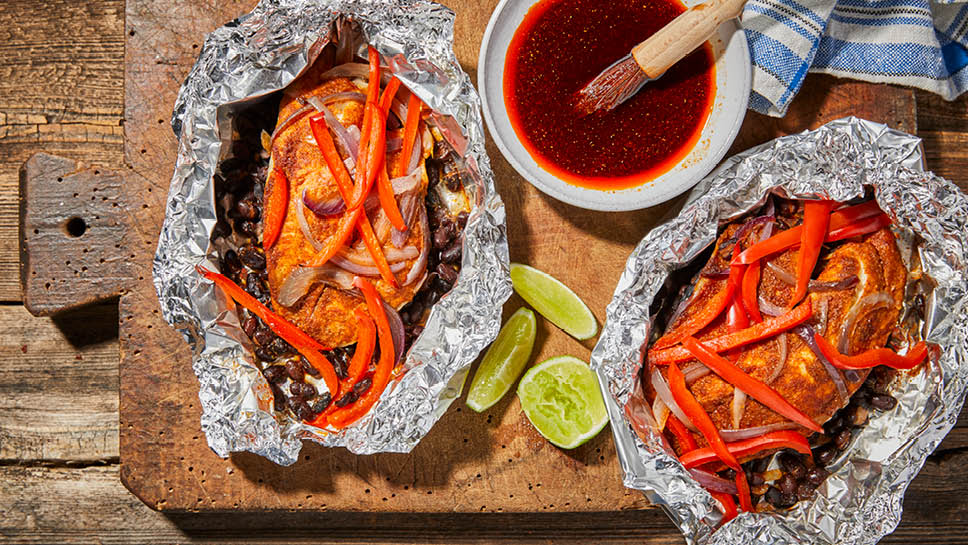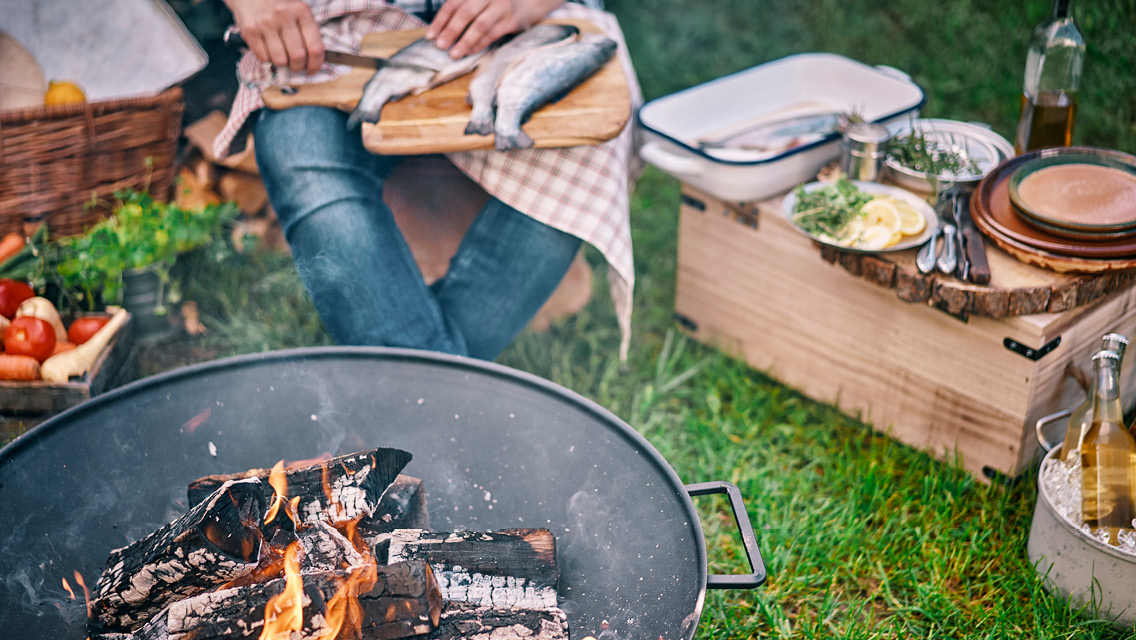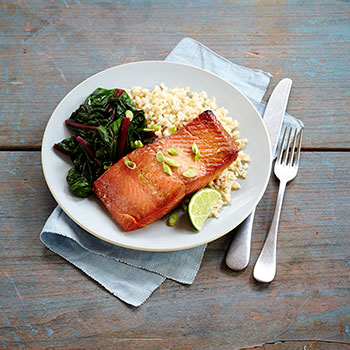Commercial fishing employs a broad range of methods, only some of which are sustainable. The most sustainable methods have the smallest impact on other aquatic species and the environment. These include pole and line (an angler can quickly identify and release any unintended catch); spearfishing and harpooning; and trolling.
Floating fish traps and weirs are also sustainable methods, because fish can enter traps without risking entanglement, which is an issue with nets.
All these methods help minimize environmental damage and overfishing as well as bycatch, which is the accidental harvest of nontarget species, such as dolphins, turtles, and seabirds.
At the other end of the spectrum are methods that take an enormous toll on sea life and ocean health. These include bottom trawling and dredging, both of which involve dragging weighted nets across the sea floor. These methods damage habitat, sweeping up everything in their wake, and they lead to substantial bycatch.
Giant drift nets, which move with the current, also capture large numbers of nontarget species. The same is true for miles-long lines with multiple baited hooks; these attract many species, so bycatch is significant.
How to Catch a Fish
The following is a list of fishing methods that are sustainable — and some methods that are not.
There have always been simple and eco-friendly methods for capturing fish. Some traditional approaches include cast nets, still used by subsistence fishers worldwide, and reef nets, used today by Indigenous communities in areas like the U.S. Pacific Northwest.
Most commercial fishing is done using some of the following methods. To ensure what you’re buying is sustainable, look for methods that limit overfishing, minimize bycatch of other species, and don’t damage the environment.
While no approach is foolproof — even the most sustainable method won’t put fish back into overfished waters — there are some methods that produce less damage than others.
Sustainable
Floating fish-trap and weir fishing — nets held in place with floats and anchors that allow fish to enter a series of more restrictive areas without coming into direct contact with the net. They can then be either harvested or released without being injured or entangled.
Pole-and-line fishing, fly fishing, jigging, and rod-and-reel fishing — use of a single rod with one hook baited to catch fish. An angler can quickly remove unwanted catches from the hook after capture, minimizing bycatch, environmental damage, and overfishing.
Spearfishing, hand-diving, and harpooning — Spearfishing (using handheld spears) and harpooning (using barbs fired from a gun) are traditional methods used for catching larger species, like swordfish. Hand-diving is typically used for smaller species, like scallops, which are simply gathered by hand, allowing the fisher to leave younger fish out to keep developing. Bycatch is almost nonexistent with these methods, since they all target individual fish.
Trolling — a type of pole fishing in which an individual weighted line and single hook loaded with an artificial lure or live bait is towed from a moving boat. Bycatch, environmental damage, and overfishing are minimal in this method.
It Depends
Purse-Seining — A net (seine) with floats at the top and weights at the bottom is hung vertically in the water, encircling schooling fish, and a drawstring is pulled to trap them. While this method does not harm the seafloor, it can capture species indiscriminately, leading to high levels of bycatch of marine life like sea turtles, dolphins, and humpback whales. It can also lead to overfishing.
Not Sustainable
Trawling — The Marine Conservation Institute calls trawling the world’s most destructive type of fishing. A boat drags a weighted net behind it to catch fish or shrimp that live in, on, or just above the seafloor. Since over 98 percent of marine animal species live in this area, bycatch is heavy in this method. Trawling also damages the seabed, upsetting the balance of ocean ecosystems. Since the ocean is also one of the Earth’s largest carbon sinks, disrupting the seafloor releases tons of carbon into the atmosphere.
Dredging — A mesh bag is dragged along the seafloor to capture clams, scallops, and oysters. Like trawling, this method damages the seafloor and captures fish, sponges, and other marine life that tend not to survive capture.
Drift-net fishing — These long, mobile nets are placed in the water and drift with the current. They can capture a large amount of fish, leading to overfishing. They also generate a high amount of bycatch.
Long-lining — One very long central line (up to 50 miles in some cases) with hooks dangling from it is used to catch fish near the ocean surface or just off the ocean floor. Long-lining attracts lots of species, so bycatch can be significant.
This was excerpted from “How to Find Sustainable Seafood” which was published in the June 2022 issue of Experience Life.





This Post Has 0 Comments